Man shouting, bare-chested, circa 1920
Pen and black ink on paper
43.2 x 28.4 cm
Provenance: artist's family
sold framed
German artist and figure of the New Objectivity, Rudolf Schlichter was born in Calw in 1890. He received his first artistic training at the School of Arts and Crafts in Stuttgart and then at the Academy of Fine Arts in Karlsruhe where he became friends with Georg Scholz and Karl Hubbuch. In rebellion against the principles of the Academy, he moved to Berlin in 1919 where he joined the Expressionists of the Novembergruppe and the Berlin Dadaists, artists politically engaged against the Weimar Republic.
In the 1920s, he moved towards an increasingly marked realism and participated in the historic exhibition Neue sachlichkeit (New Objectivity) organized in 1925 at the Kunsthalle Mannheim by Gustav Friedrich Hartlaub. The latter brought together a heterogeneous group of around thirty artists including Otto Dix and Max Beckmann. This event inaugurated a new sensibility that gradually broke with the hallucinatory expressionism of the pre-war period, which was succeeded by an art of coldly objective observation where the role of color was more subordinate to that of drawing, which was intended to be more analytical.
Rudolf Schlichter became one of the main actors of Verism, the most radical movement of New Objectivity, which also included George Grosz and Otto Dix. They asserted themselves through the negation of “classical” art by striving to show in a crude and cynical way the chaos that their era generated in the aftermath of the First World War.
Rudolf Schlichter parodied the failings of bourgeois society. He led a life of debauchery and painted without filter the reality of the spectacle that was offered to him, sometimes to the point of caricature, in order to offend his contemporaries.







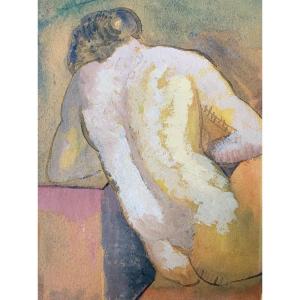
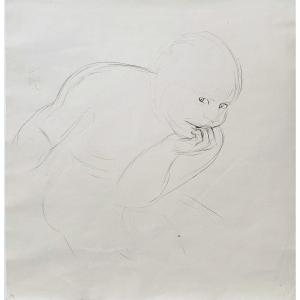
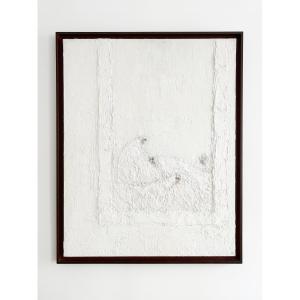
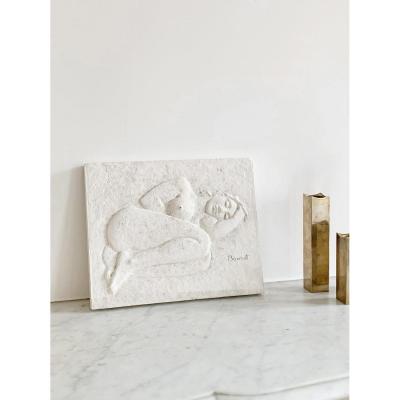
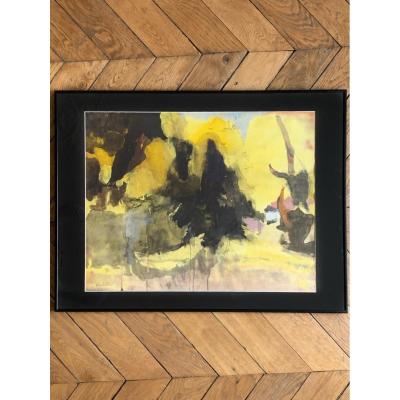
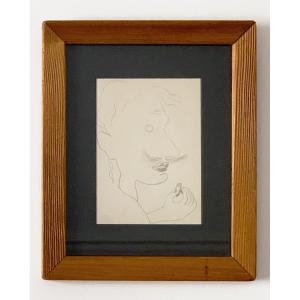

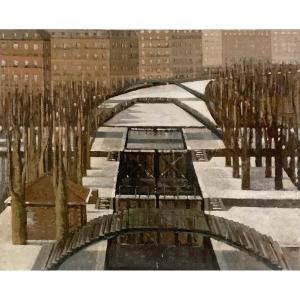


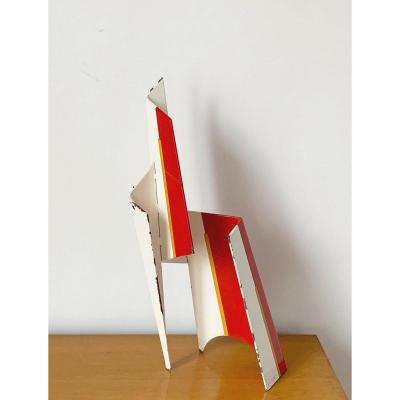
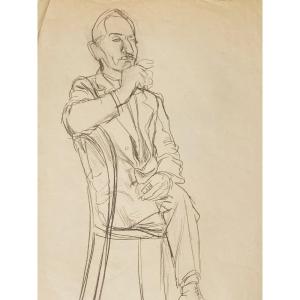
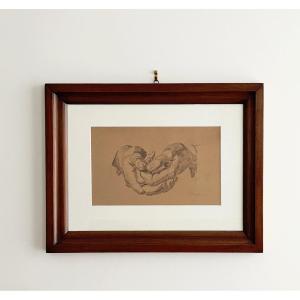
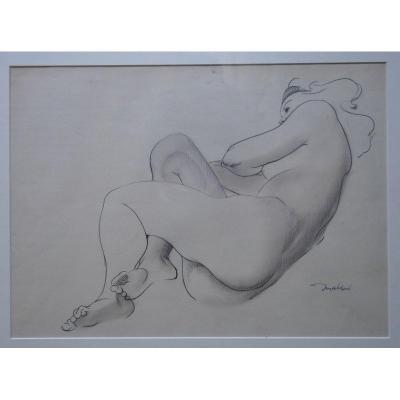
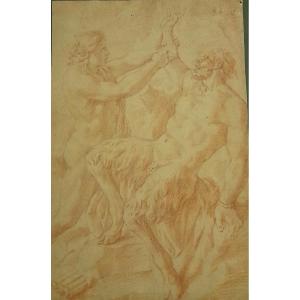

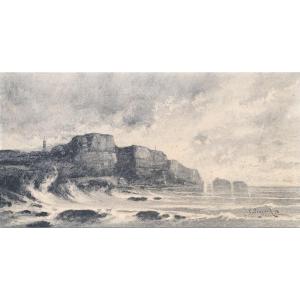




 Le Magazine de PROANTIC
Le Magazine de PROANTIC TRÉSORS Magazine
TRÉSORS Magazine Rivista Artiquariato
Rivista Artiquariato